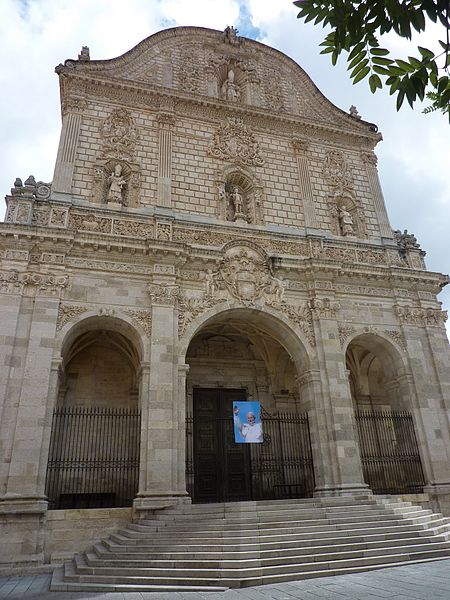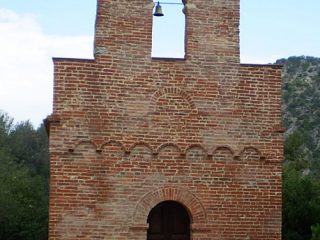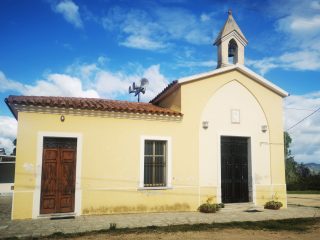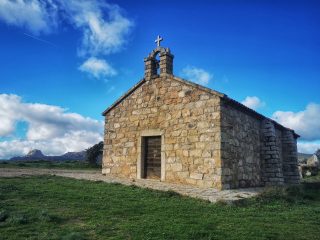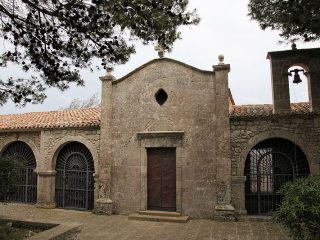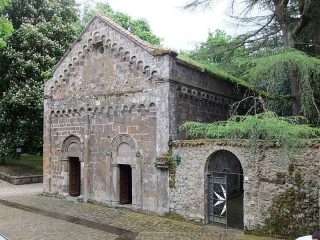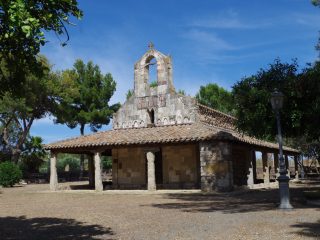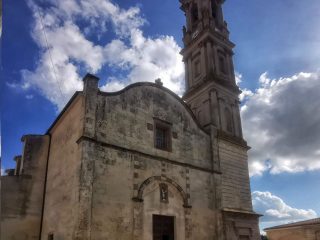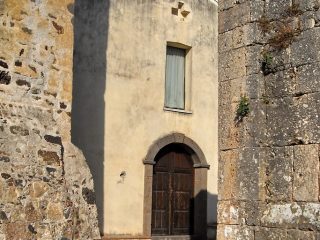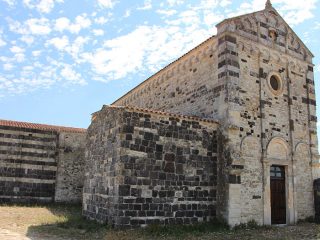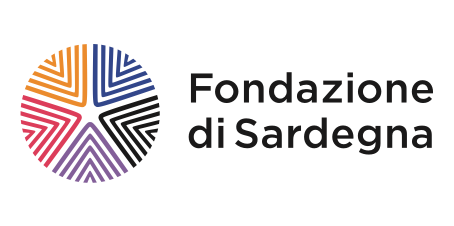Over the centuries, the church has undergone a considerable amount of renovation and reconstruction work. Erected on the site of an early Christian temple, mentioned in the Condaghe di San Pietro di Silki, it was rebuilt in Pisan-Romanesque style in the XIII century (the large square-shaped bell tower with eighteenth century octagonal tower is still standing) and, later, renovated in Catalan-Gothic style.
Dedicated to San Nicola of Bari or Myra, in the XV century, it was promoted to the status of cathedral.
Its facade has a curvilinear end point, split into three transoms and orders one on top of the other. The lower one has a cross-vaulted porch with three arches, the upper one with the city’s coat of arms above it. In the middle order in smooth ashlar, three niches open up which house the sculptures of three martyrs Gavino, Proto and Gianuario, with magnificent roundels on top of them. Lastly, there is a shell-shaped niche with the bishop, San Nicola in the final order and the roundel with the blessed Eternal Father.
Internally, it has a single nave with four chapels each side which rounds off with a transept with dome and apse. The raised presbytery has a large high altar which houses the sixteenth century Madonna del bosco altarpiece crafted in Siena. In the large cathedral hangs a canvas painted by Giovanni Marghinotti with the Coena Domini, the seventeenth century painting of the Madonna del Tempietto, the Mausoleum of Placido Benedetto di Savoia created in 1807 by Felice Festa in neoclassic style and in the side chapels, the altarpieces of Santa Lucia and Sant’Eligio. It also keeper of the city’s processional standard dating back to the XV century.


